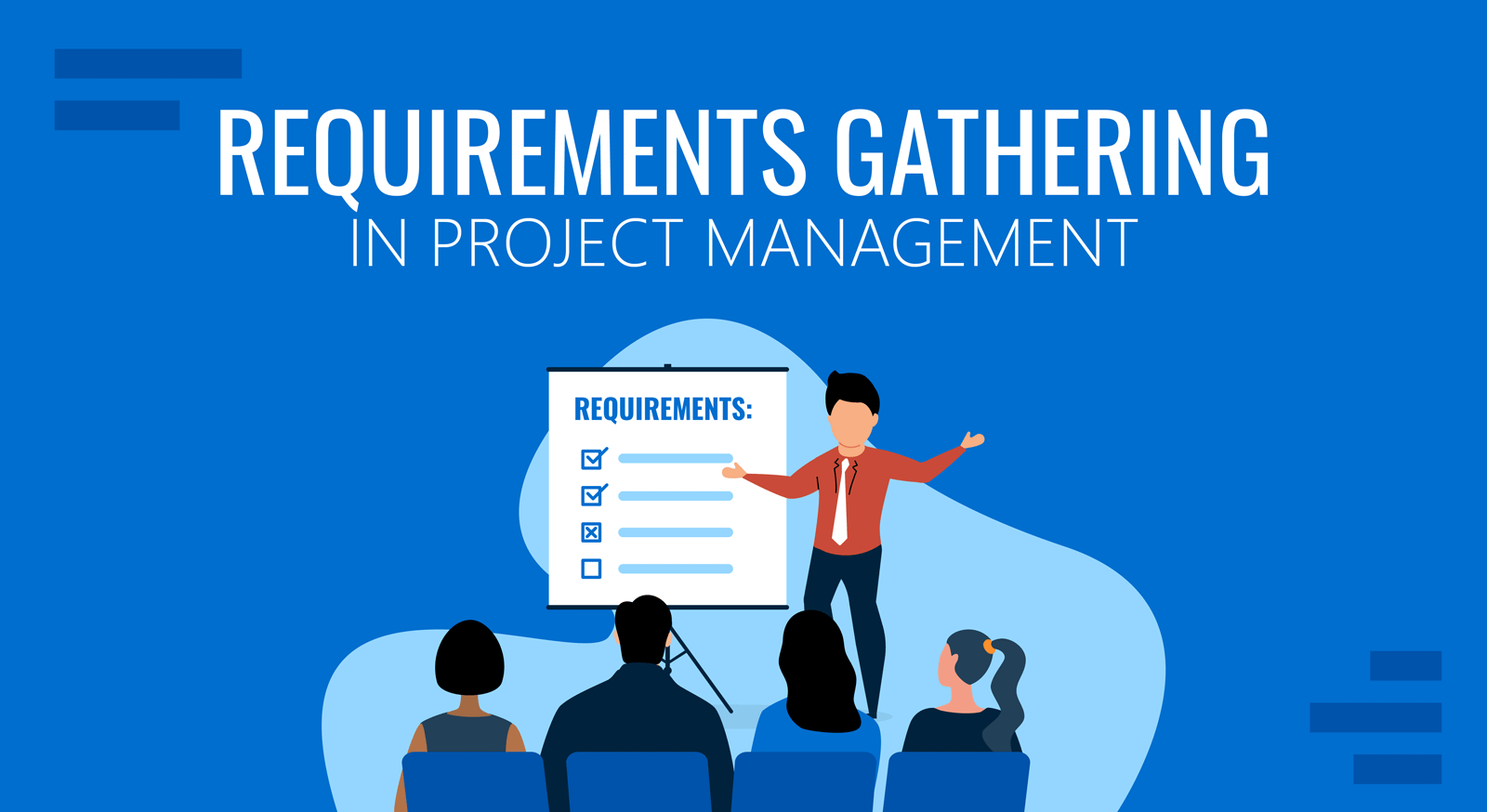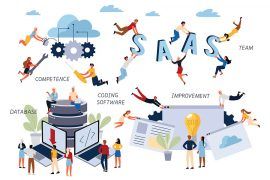Each product or service launched into markets is driven by a variety of requirements of the business and customer, also referred to as requirements. However, as the project manager or member of the project development team, how can you ensure that the product or service is entirely in line with all the specifications that the project’s leaders have defined?
The answer to this question is planning for requirements management. You might be looking for more information on the requirements management plan. If so, you’re in luck since this article will provide information on the importance of planning for requirements management, its significance today in the marketplace, and the best way to develop a feasible requirements management strategy for yourself. Let’s get going.
Table of Contents
What are the Requirements in Project Management?

A process for planning the requirements management process establishes the method by which you will define and analyze and track, record, manage and monitor every project requires that the project manager, the company, or other staff members in charge of the project have defined.
Let’s assign Simon as our manager planner. Simon is a firm believer in guidelines and has a foolproof system, So he’s the ideal candidate for this. The only thing required is the modifications implemented to Simon while the other team members are working.
The requirements will affect what is expected of a project. What is the reason why the planning of requirements management is so crucial? A requirements management plan typically ensures that every need that is associated with the project and the process of development for the project is recorded, tracked, and addressed and also:
- All teams involved in development manage the extent of the work.
- You will retain all the requirements that were set by the company as well as the people who are interested in the project.
- Find the root of all the common issues that could lead to project failures, such as project risks such as scope expansion, cost overruns, project delays, etc.
Types of Project Requirements
Below are some kinds of requirements for projects to take into consideration when you are implementing strategies that work to manage the requirements:
User Requirements
The user’s requirements define customers’ needs and how they interact with a service or feature. They usually address a specific issue or problem consumers face, such as costly subscriptions.
In addition to looking at how a product can enhance the user experience, the demands allow an organization to identify the motivation behind its product’s development.
Organizations can describe their user needs in a story or a document. Examples of user requirements are offering various subscription options, providing the correct contact details to customer service to repair damaged or lost products, and packing products securely to ensure safe delivery.
Business Requirements
Generally speaking, stakeholders determine the goals of an organization. They help a business reach its ultimate goals and ensure customer satisfaction. In general, companies outline goals in their business plans or models. Examples of business requirements are:
- The addition of instructions to the product in different languages.
- Writing manuals for products.
- Creating multicultural buyer personas.
System Requirements
The requirements for a system define its capabilities and assess its usefulness. The technical goals are based on accessibility, efficiency, and performance. Companies typically outline their system specifications within a requirement for a product document or specifications for software requirements. Examples of system requirements are the availability of different subscription prices, speedy loading times, and storage for free on-networked devices.
Top 7 Steps to Create a Successful Requirements Management Plan
Project managers interpret time management differently, and their strategies differ based on the tools used to manage projects and the methods employed. Here are four key actions to manage project time to reduce the risks of poor project management.
- Define the Project Scope
The scope includes determining the project’s goals and capturing them in documents such as deliverables, tasks, costs, and deadlines. It is common to record the project scope in an outline of scope management in your project charter or plan. You can then duplicate it from there. With a scope management plan, stakeholders are equipped with the essential information required to recognize changes to requirements during a project. It is also challenging to determine if you should implement a new condition.
2. Identify the Project Stakeholders
The most important thing your requirements management plan must include is a complete list of the activities you and your development team are planning to take to ensure that you can easily track each of them in the future.
When you have all the details of your team’s actions, you can outline the exact requirements the participants will define for the task.
3. Practice Effective Resource Management
Resource management is an essential aspect of project management. It defines the pre-planning, scheduling, scheduling, and allocating of your resources to ensure maximum efficiency.
The concept of managing resources can be explained by the example of a contractor who works on construction projects. They could choose to hire concrete pourers on two sites rather than paying for two places at the same time. The word “resources” for digital projects usually refers to specific individuals or teams.
Graphic designers can have many projects simultaneously, and you’ll need to coordinate around them to finish the work. The list could include any variety of resources. This includes capital, people, as well as other goods and materials.
4. Manage Conflicting Requirements
Having different requirements from the stakeholders and the team working on your project is expected. For instance, your client may require an app that could retrieve 1000 user records simultaneously. However, the development team may need help finding it practical.
If that is the case, you can follow the advice of the Professor. He anticipated conflict between his group and the police and planned the best action. In the same way, you should define how you’ll bring your client and team working on the development to reach an agreement on the app’s feature to solve this conflict.
Also, analysts and the client might be required to analyze business processes to discover these conflicts and bring the parties to an agreement.
5. Strategize How to Prioritize Requirements
Complex projects require numerous requirements. Your requirements management strategy must include a process to prioritize these requirements.
Determining which requirements are crucial and which ones you’ll need to assign to the following sprint is essential. For example, helping the crew escape authorities is a more vital need for the professor than collecting all the money in the bank’s vault.
Prioritizing a requirement for a project, it is essential to consider factors like stakeholder input, technical requirements, and the approval of important people and other key stakeholders. To make an informed choice.
6. Use Traceability Matrix, and Properly Define your Requirements
Requirements traceability is the method by which you’ll keep track of your project’s requirements throughout the project’s lifecycle. This is usually accomplished using an analysis of traceability. Traceability is a form of documentation that maps and tracks users’ needs to tests. While working on traceability for requirements, it is also essential to have a baseline for conditions, so your team understands the states given to the customer. For instance, a requirement base in software development could mean fully delivered software with an agreed-upon attribute.
7. Monitor your Progress
The final step of the process is to monitor the development of your undertaking. You can utilize project management software to monitor the project’s budget and other needs throughout project execution. The benefit of using project management tools is that you can observe project changes in real-time and immediately take action if things go wrong.
Conclusion
Like other methods of managing projects is a procedure that requires careful consideration at every stage. Refraining from relying on too many assumptions, making unrealistic expectations, or ignoring stakeholders’ opinions during stakeholder involvement can lead to problems for the project. It could even undermine the project’s success. Although it may be challenging to please everyone involved, reaching an equilibrium where the management of stakeholder concerns becomes feasible will likely help to avoid significant conflicts.
In the same way, understanding the opinions and preferences of crucial those involved in the project, including users and the team, can assist in creating goals that are logical and aligned with what the customer desires and what project engineers can effectively achieve within the constraints of funding and resource.






